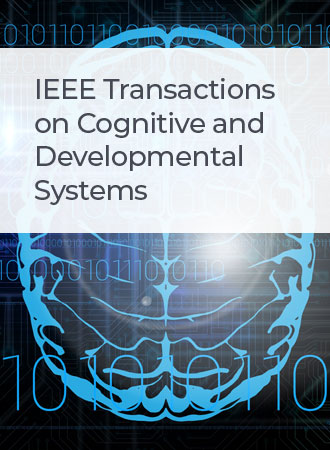通过尖峰神经元学习稀疏事件进行汽车物体检测
IF 4.9
3区 计算机科学
Q1 COMPUTER SCIENCE, ARTIFICIAL INTELLIGENCE
IEEE Transactions on Cognitive and Developmental Systems
Pub Date : 2024-06-06
DOI:10.1109/TCDS.2024.3410371
引用次数: 0
摘要
基于事件的传感器以其$1 {\boldsymbol{\mu}}\text{s}$的高时间分辨率和$120 \math {dB}$的动态范围而闻名,是在车辆和无人机等快节奏环境中部署的理想工具。利用人工神经网络(ann)的传统目标检测技术由于这些传感器捕获的事件的稀疏性和异步性而面临挑战。相比之下,峰值神经网络(snn)提供了一个很有前途的替代方案,它提供了一个与基于事件的数据内在一致的时间表示。本文探讨了snn独特的膜电位动力学及其调节稀疏事件的能力。我们引入了一种创新的峰值触发自适应阈值机制,用于稳定训练。基于这些见解,我们提出了一种专门针对汽车基于事件的目标检测进行优化的峰值特征金字塔网络(SpikeFPN)。综合评价表明,SpikeFPN优于传统的snn和增强了注意力机制的高级ann。显然,SpikeFPN在GEN1汽车检测(GAD)基准数据集上实现了0.477的平均精度(mAP),这标志着所选SNN基线的显著提高。此外,由于其固有的稀疏计算能力,SpikeFPN的高效设计在优化计算资源的同时确保了鲁棒性。本文章由计算机程序翻译,如有差异,请以英文原文为准。
Automotive Object Detection via Learning Sparse Events by Spiking Neurons
Event-based sensors, distinguished by their high temporal resolution of
$1 {\boldsymbol{\mu}}\text{s}$ $120 \mathrm{dB}$
求助全文
通过发布文献求助,成功后即可免费获取论文全文。
去求助
来源期刊

IEEE Transactions on Cognitive and Developmental Systems
Computer Science-Software
CiteScore
7.20
自引率
10.00%
发文量
170
期刊介绍:
The IEEE Transactions on Cognitive and Developmental Systems (TCDS) focuses on advances in the study of development and cognition in natural (humans, animals) and artificial (robots, agents) systems. It welcomes contributions from multiple related disciplines including cognitive systems, cognitive robotics, developmental and epigenetic robotics, autonomous and evolutionary robotics, social structures, multi-agent and artificial life systems, computational neuroscience, and developmental psychology. Articles on theoretical, computational, application-oriented, and experimental studies as well as reviews in these areas are considered.
 求助内容:
求助内容: 应助结果提醒方式:
应助结果提醒方式:


